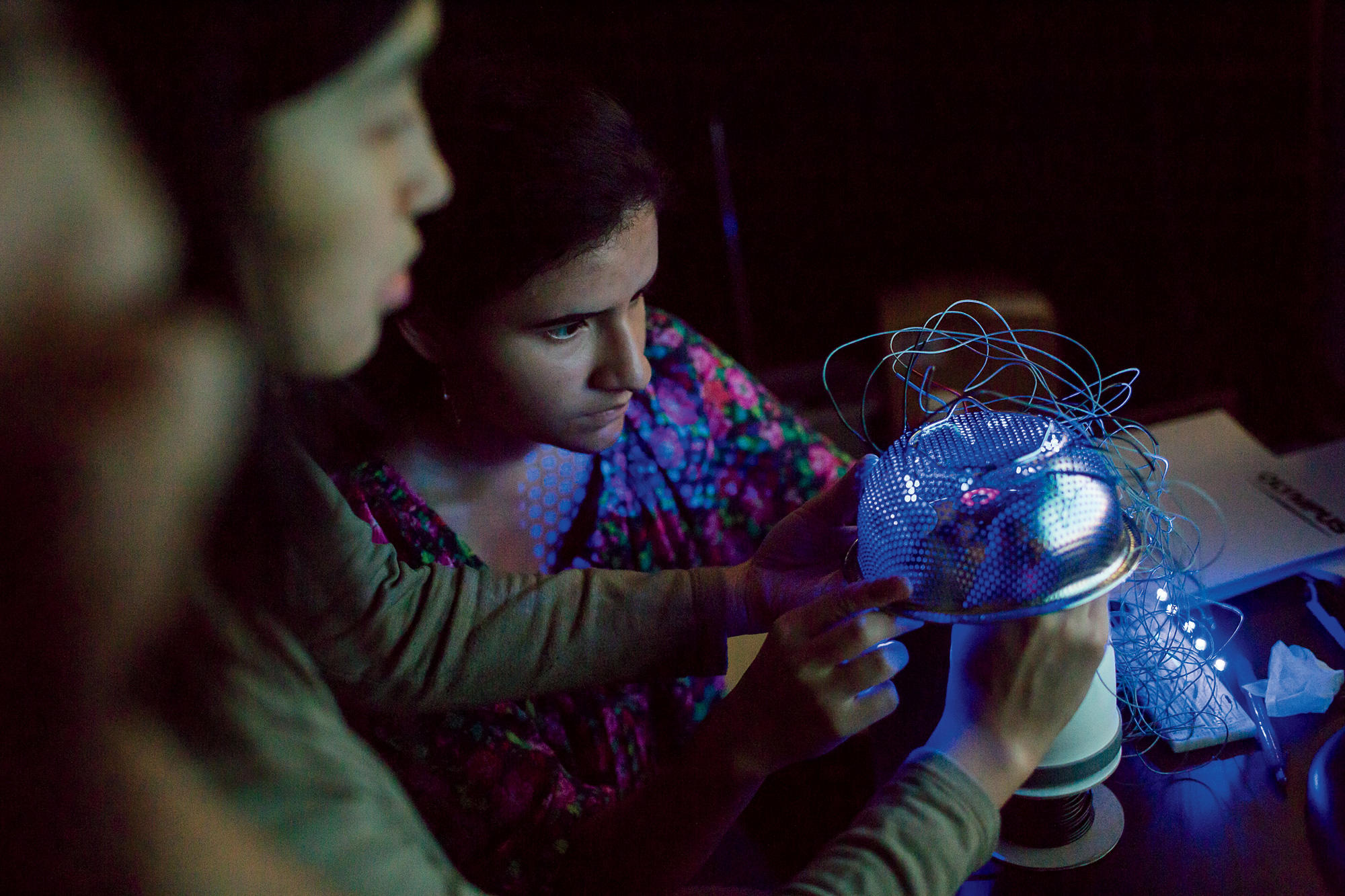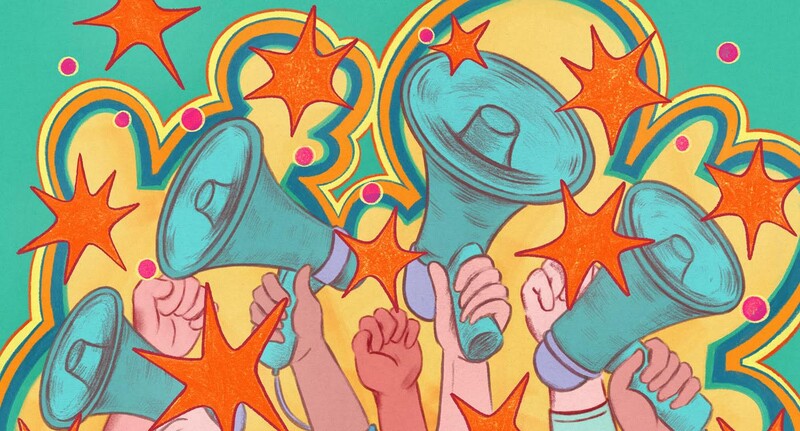This past summer, two dozen high-school students came to Columbia to learn the basics of engineering research and to design, build, and test inventions that address global health problems. Over the course of the six-week program, which was led by Columbia Engineering lecturer Aaron Kyle, the students took crash courses in subjects like electronics, materials science, medical diagnostics, and computer programming. They then pitched their ideas for original creations to a panel of biomedical-engineering professionals, whose feedback the students incorporated into their devices.
The program, called the Hk Maker Lab, is part of Hypothekids, a science-education initiative for underserved youth in New York City.
“They learn the engineering design process and then use that to create solutions to problems that they identify,” says Christine Kovich, cofounder of the Harlem Biospace, a local biotechnology incubator that runs Hypothekids in collaboration with Columbia Engineering and Teachers College.
Among the standout projects were Cathalert, a device that notifies medical professionals if a needle has been improperly inserted into a patient’s vein, and Cerequa, a water-purification system that kills bacteria with sunlight.
“I came into this program knowing that I was interested in engineering and design, but I didn’t know what biomedical engineers did day to day,” says Gabrielle Caporusso, a high-school senior from Queens. “This program really gave me a sense of the biomedical process.”



